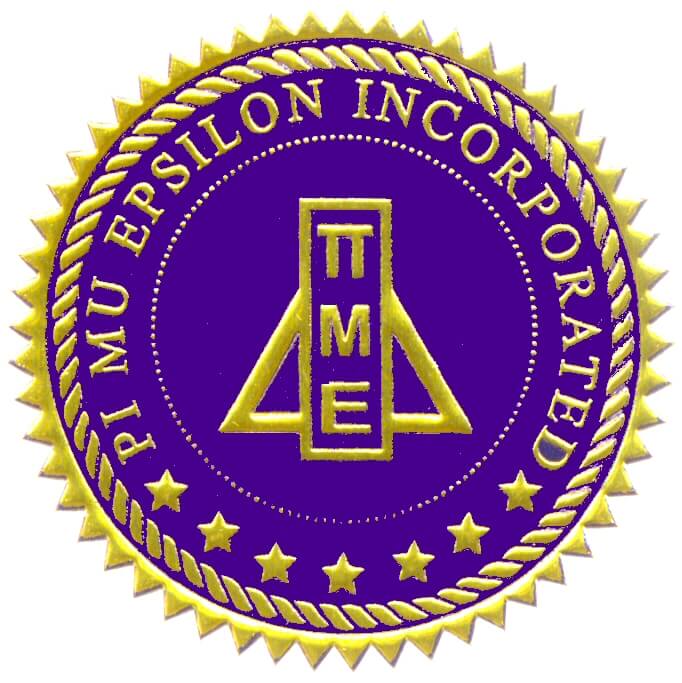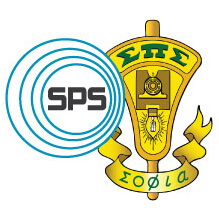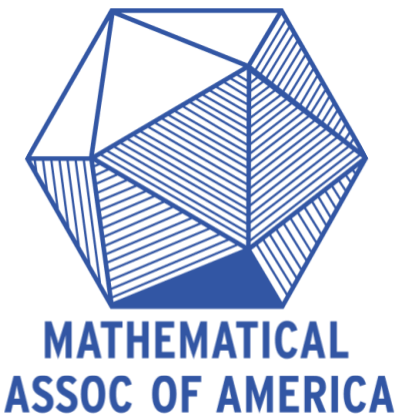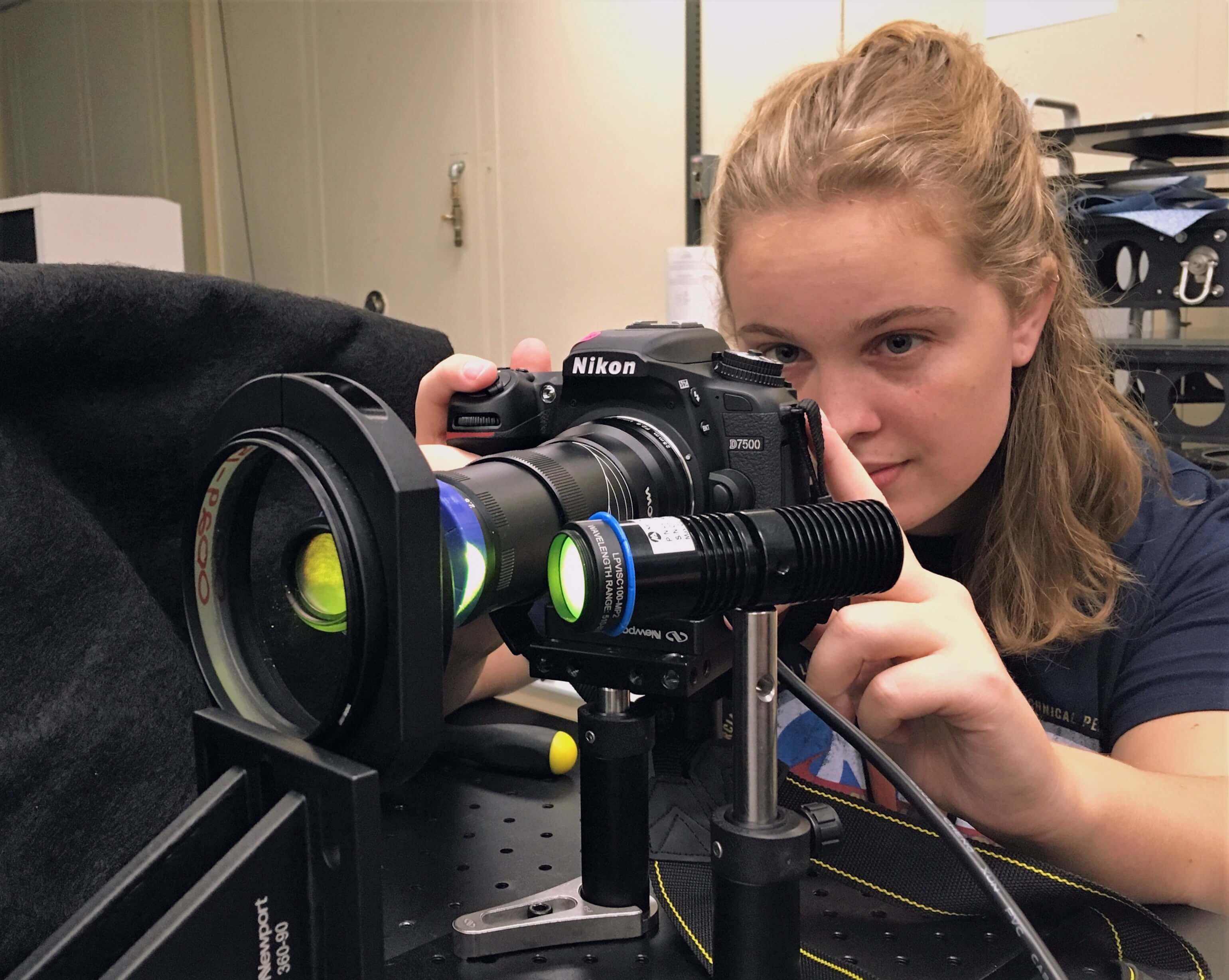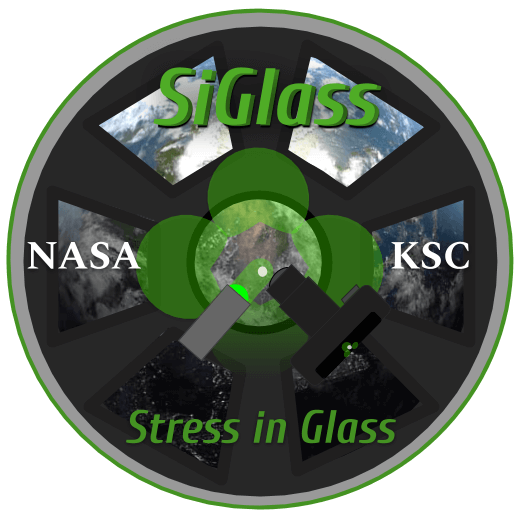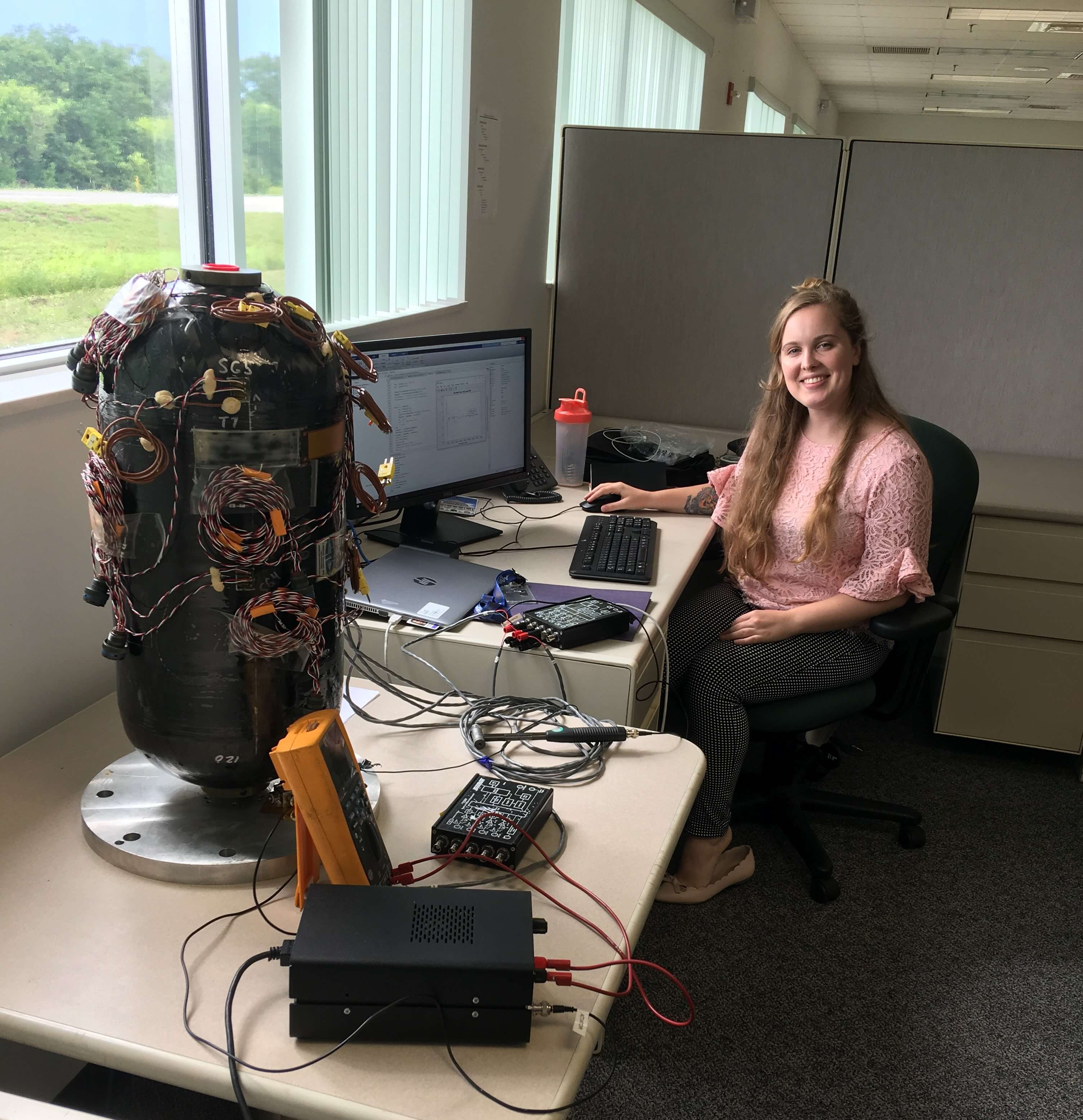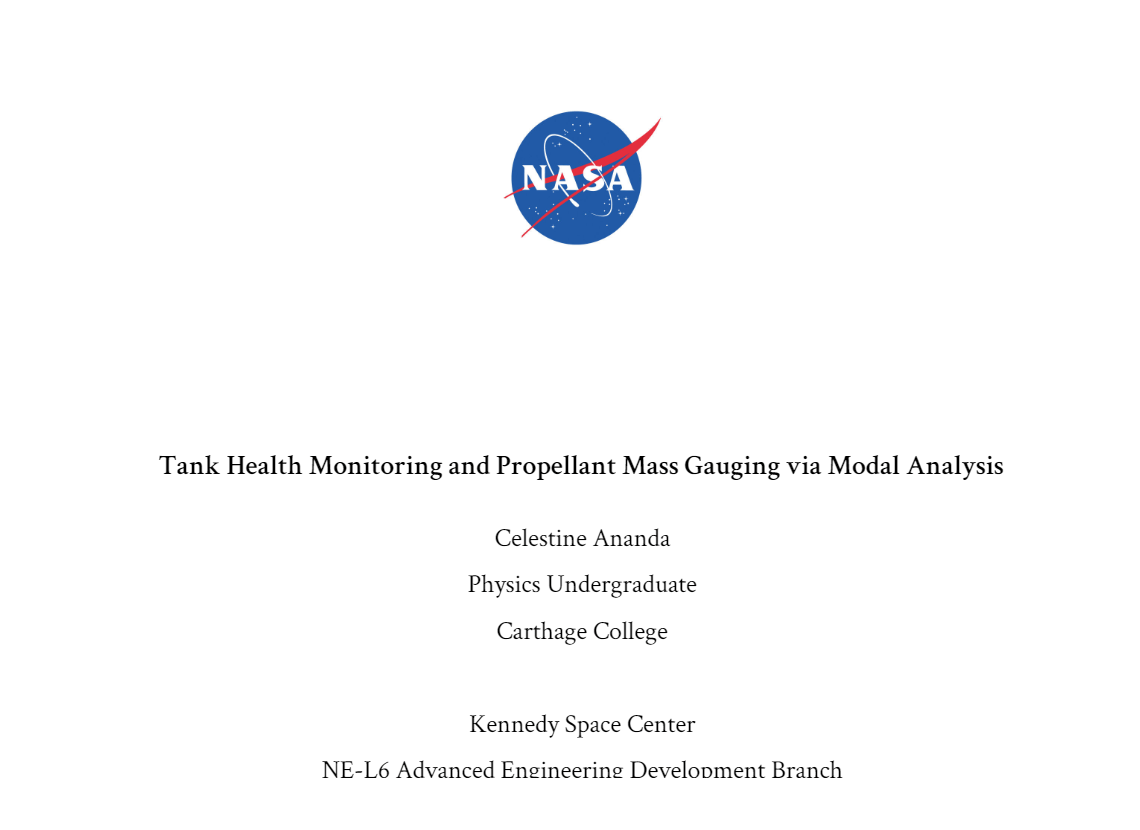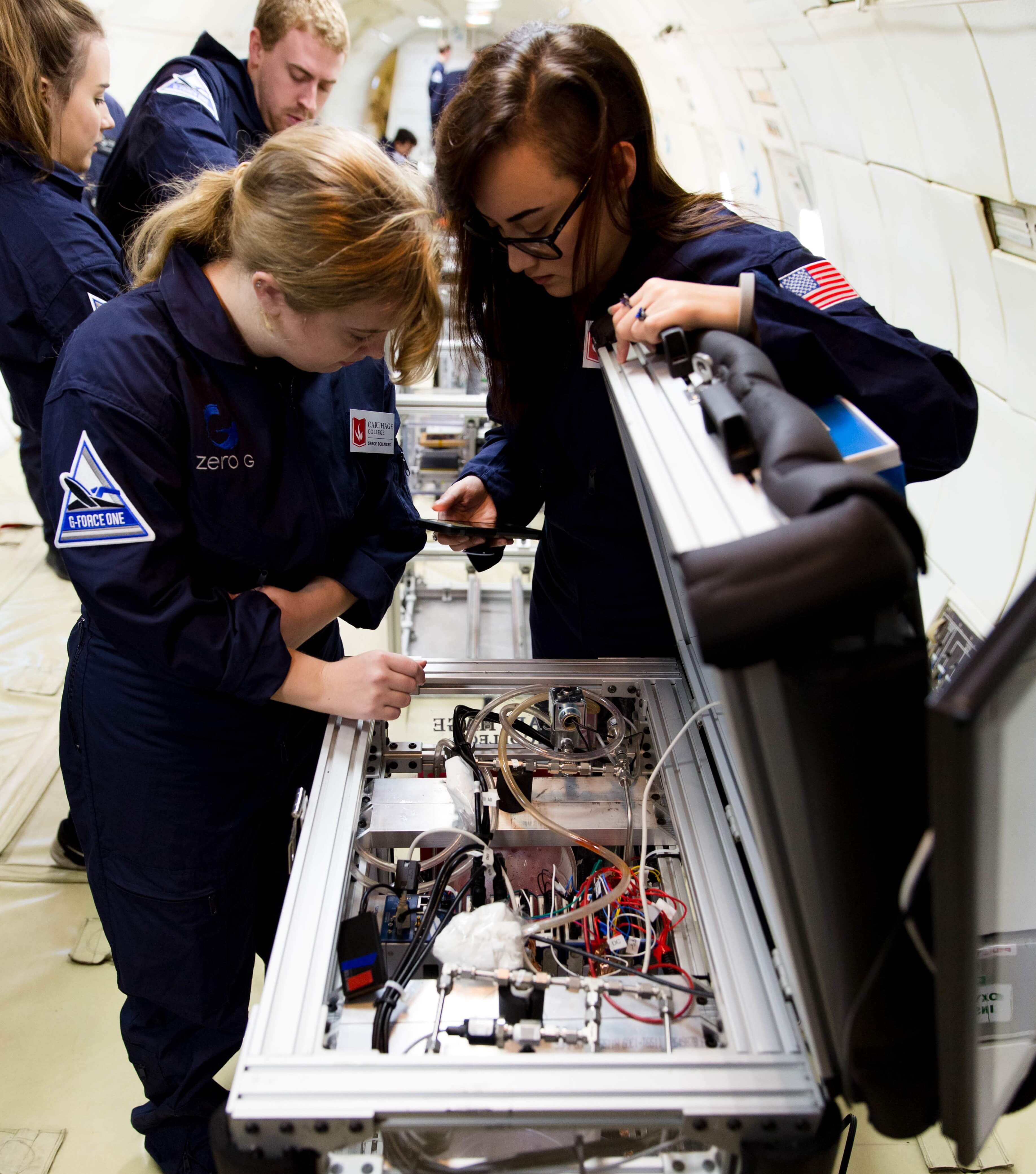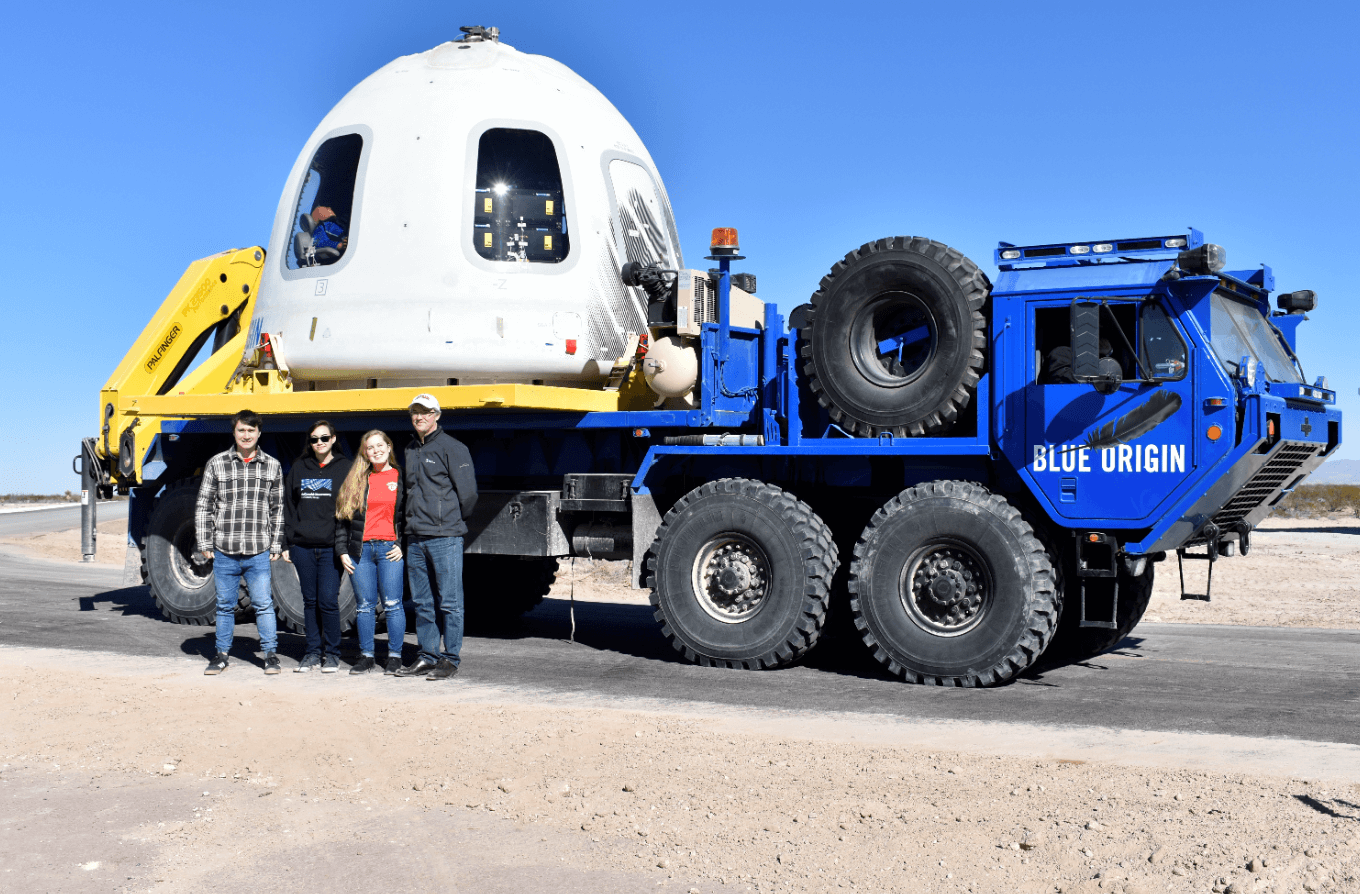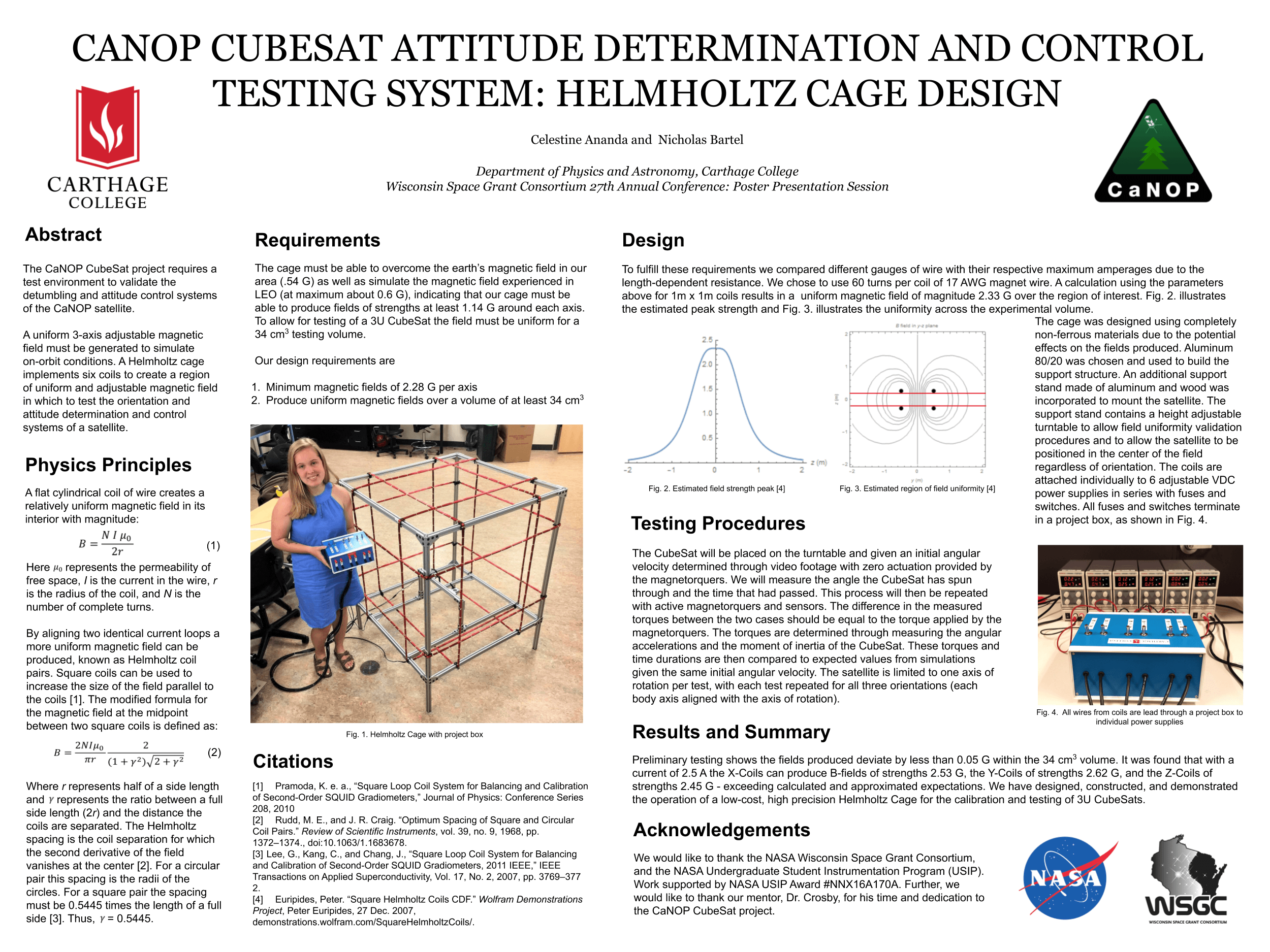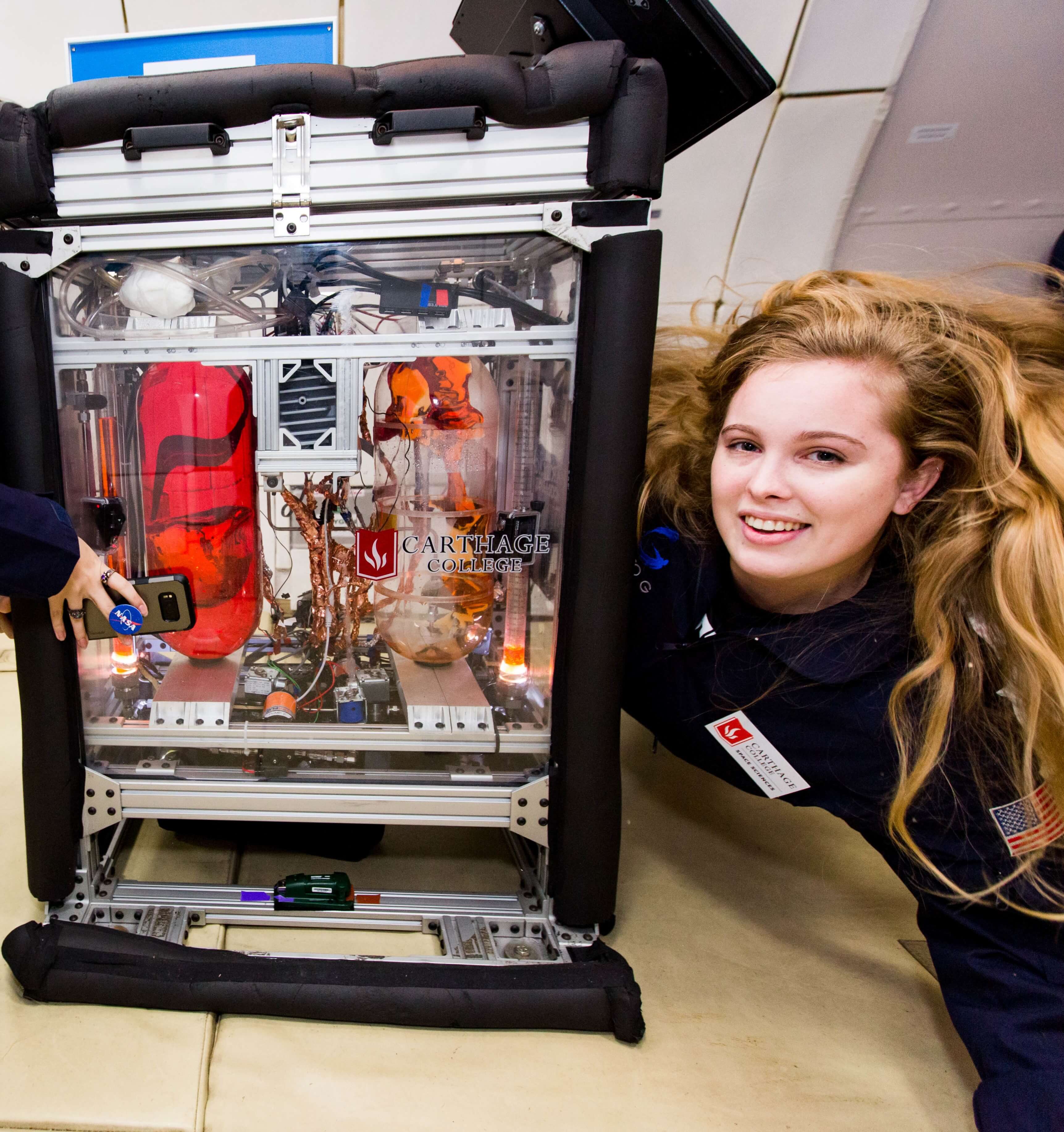
Celestine E. Ananda
Bachelor of Arts (Candidate), Physics Carthage College
GPA: 3.92 (unweighted 4.0 scale)
Attended: 09/2016 - 05/2020
Research Experiences (Detailed in other sections):
Spacecraft Pressure Pane Structural Health Monitoring NASA Kennedy Space Center Intern
Propellant Tank Structural Health Monitoring NASA Kennedy Space Center Intern
Modal Propellant Gauging and Structural Health Monitoring Mission Team Lead
Small Satellite Attitude Determination and Control Systems Validation Subsystem Team Lead
ABOUT ME
I have engaged in Structural Diagnostics Research since my first week as an undergraduate. I have developed a technology that monitors structural health of liquid propellant tanks and also gauges internal fuel in microgravity environments. I was selected to intern with the Advanced Engineering Development Branch at NASA-KSC to finalize and commercialize this technology for future Lunar and Martian missions on the Orion Spacecraft. This internship lead to my current position, as an intern with the NASA-KSC Applied Physics Laboratory, to develop an optical structural health monitoring technique for spacecraft window panes in orbit.
I have developed a magnetic testing apparatus to validate the Attitude Determination and Control Systems of a small satellite, designed and built payload sections for two high-powered rockets, and placed in a Hackathon hosted by the Univ. of Wisconsin-Madison. I am a Founder and Developer of an app that has won over $5000, an Ambassador to Congress to promote NASA and Space Exploration, and I have lead multiple student organizations. I am a Rossing Excellence in Physics Scholar and a NASA-WSGC Undergraduate Scholar.
Looking to the future, I am applying to graduate programs in Aero/Astro Engineering for the Fall of 2020 and hope that my career will continue to advance efforts towards sustained human habitation on Mars.



